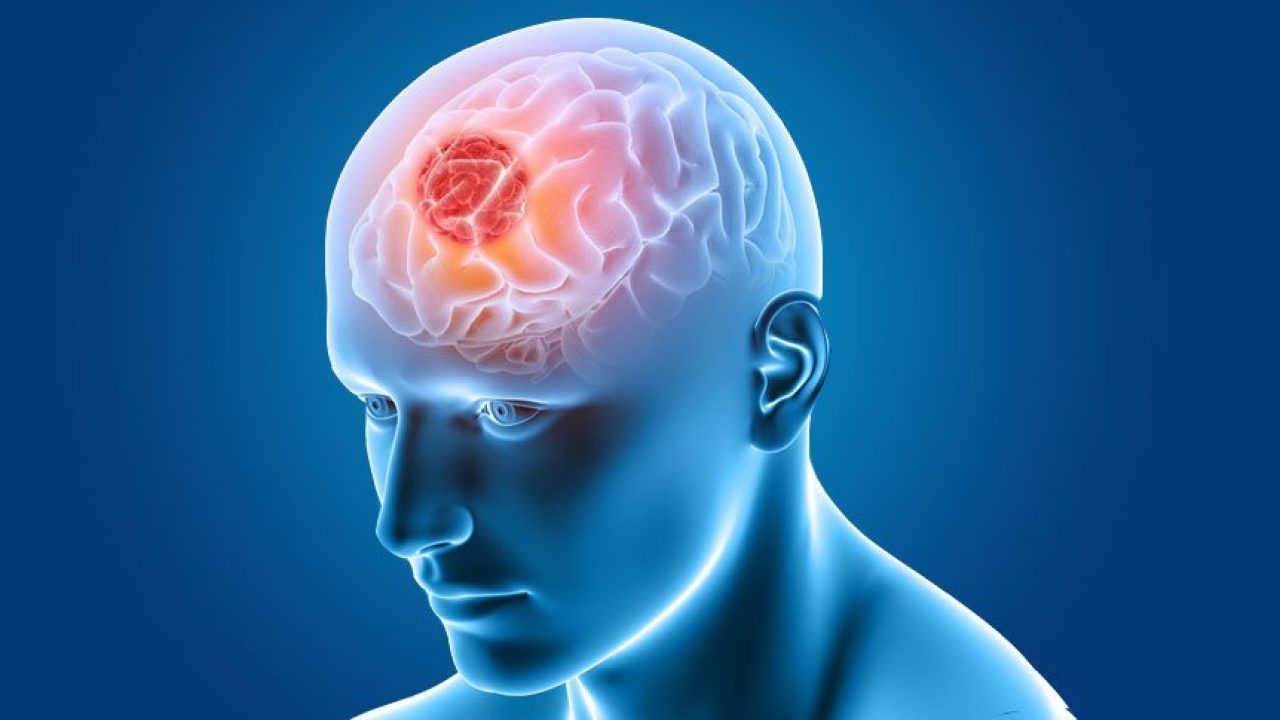In today’s complex society, it is not uncommon for individuals to face multiple challenges simultaneously. One such challenge that often goes hand in hand is the co-occurrence of post-traumatic stress disorder (PTSD) and substance use disorder. This dual diagnosis presents a unique set of complexities and requires a comprehensive understanding for effective treatment.
PTSD, a mental health disorder that can develop after experiencing or witnessing a traumatic event, affects individuals in a multitude of ways. Symptoms may include intrusive thoughts, nightmares, flashbacks, and intense emotional distress. In an attempt to cope with these debilitating symptoms, individuals may turn to substances as a means of self-medication, which can then develop into a full-blown substance use disorder.
Substance use disorder, also known as addiction, is a chronic, relapsing brain disease characterized by compulsive drug seeking and use, despite negative consequences. While substance use disorder can develop independently, the presence of PTSD significantly increases the risk. Studies have shown that individuals with PTSD are more susceptible to developing substance use disorder, and vice versa. The intertwined relationship between these two conditions can make recovery even more challenging.
There are several factors that contribute to the intersection of PTSD and substance use disorder. For individuals with PTSD, the use of substances may serve as a form of escape from distressing memories and emotions. Alcohol, in particular, is often used by individuals with PTSD to numb the pain and anxiety associated with traumatic experiences. However, the relief provided by substances is only temporary, and over time, individuals may find themselves trapped in a cycle of substance abuse and worsening PTSD symptoms.
The co-occurrence of PTSD and substance use disorder has profound implications for treatment. Traditional approaches to substance use disorder may not be sufficient in addressing the underlying trauma that fuels the addiction. Likewise, treating PTSD without addressing the substance use can lead to a higher risk of relapse. Therefore, an integrated treatment approach that simultaneously addresses both conditions is essential.
Integrated treatment combines evidence-based practices from both PTSD and substance use disorder fields. This holistic approach recognizes the interconnectedness of these conditions and aims to address their unique challenges. It often involves a combination of therapy, medication, and support groups. Therapy may include cognitive-behavioral therapy (CBT), which helps individuals identify and change unhealthy thought patterns and behaviors, as well as trauma-focused therapy, which specifically targets the traumatic experiences underlying PTSD.
Effective treatment involves recognizing the interconnected nature of PTSD and SUD and tailoring interventions to address the unique needs of each individual. Therapeutic modalities may include trauma-focused therapies, counseling, and support groups, alongside substance use treatment strategies. A comprehensive understanding of the dual diagnosis is crucial for promoting successful recovery, as it allows for targeted and holistic interventions that address the complexities of both PTSD and Substance Use Disorder.Individuals with PTSD, often stemming from traumatic experiences, may turn to substance use as a coping mechanism, seeking relief from the distressing symptoms associated with their mental health condition. Conversely, substance use can contribute to the development or worsening of PTSD symptoms, complicating the overall clinical picture. The interplay between these disorders can hinder treatment outcomes, making it imperative for healthcare professionals to adopt an integrated approach that addresses both conditions simultaneously.
Medication can also play a crucial role in the treatment of dual diagnosis. While there are currently no FDA-approved medications specifically for the treatment of PTSD, certain medications used in the treatment of depression and anxiety can be beneficial. Additionally, medications such as naltrexone and acamprosate have shown promise in reducing alcohol cravings and preventing relapse in individuals with co-occurring PTSD and alcohol use disorder.
In conclusion, the intersection of PTSD and substance use disorder presents a complex challenge that requires a comprehensive and integrated treatment approach. Recognizing the interconnectedness of these conditions and addressing both the trauma and addiction is essential for successful recovery. With the right support, individuals with dual diagnosis can achieve long-term sobriety and regain control of their lives.
Dual diagnosis is a term used to describe when a person has both a mental health disorder, such as post-traumatic stress disorder (PTSD), and a substance use disorder (SUD) at the same time. This can be a difficult reality to navigate due to the complexity of both conditions. It is important to understand the link between PTSD and substance use disorder in order to provide the most effective treatment.
PTSD is a mental health disorder that develops after a person has experienced or witnessed a traumatic event. People with PTSD may experience a range of symptoms, including nightmares, flashbacks, anxiety, and depression. They may also have difficulty managing their emotions, which can lead to self-medicating with drugs or alcohol as a way to cope.
SUD is a condition characterized by the continued use of drugs or alcohol despite negative consequences. People with SUD may experience cravings, withdrawal symptoms, and have difficulty controlling their use. Substance abuse can become an unhealthy way to cope with the symptoms of PTSD.
The link between PTSD and SUD is complex and multifaceted. PTSD can lead to substance abuse in order to cope with unpleasant or painful emotions, while substance abuse can also worsen the symptoms of PTSD. This can create a cycle of addiction and trauma that is difficult to break.
Treating dual diagnosis requires a comprehensive approach that addresses both conditions simultaneously. This may include a combination of medications, therapy, and support groups. Medications can help manage the symptoms of both PTSD and SUD, while therapy can help a person better understand their triggers and develop healthier coping mechanisms. Support groups can provide a sense of community and connection with others who are going through similar experiences.
Dual diagnosis can be very challenging to manage, however, with proper treatment, it is possible to find relief from both conditions and lead a healthier, more meaningful life. It is important to have a team of professionals who are experienced in treating both PTSD and SUD in order to get the most effective care. With the right support, understanding dual diagnosis can be a journey towards healing and recovery.











